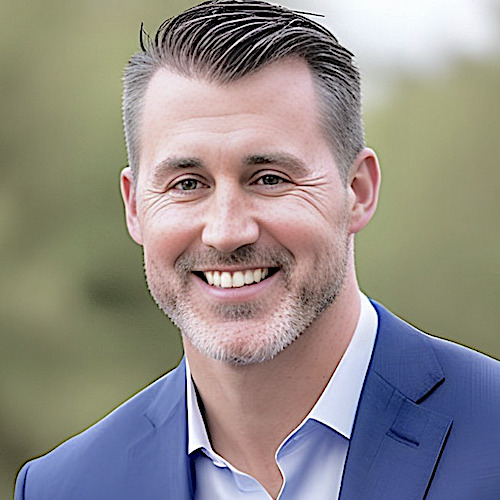
Over the past year, there have been incredible improvements in treatments and care for older adults living with age-related macular degeneration, or AMD.
Twenty years ago, whether the diagnosis was wet or dry AMD, vision loss was inevitable. Losing vision at any age can feel like an insurmountable obstacle.
Especially for older adults such as senior living residents, several health risks are associated with losing vision, including the toll it can take on mental health. Thankfully, 20 years later, seniors living with AMD and other vision issues have a plethora of options available, from injectable treatments to assistive technologies and other developing medications.
One of the most common causes of vision loss in people age more than 65 years is macular degeneration. Not all forms of AMD are the same, however. The effect the disease can have on a person’s vision depends on various factors, including the progression of the disease as well as whether it is wet or dry AMD.
No matter the significance, eyesight is a vital sense that we often take for granted, and losing it can have an extreme effect on a person’s quality of life. According to the National Library of Medicine, people living with a disability experience higher rates of loneliness and social isolation than those without disabilities.
Treatment
Fortunately, some vision issues that lead to vision loss among older adults are preventable, or at least manageable, with the right medical care and treatments. Recent macular degeneration research breakthroughs have led to emerging treatments with anti-vascular endothelial growth factor drugs, or VEGF. The Port Delivery System — a very small (smaller than a grain of rice) apparatus that is implanted into the eye during a surgical procedure — can store anti-VEGF medication eliminating the need for eye injections. Treatments such as this provide a less invasive solution to an already invasive disease and can enable people with wet AMD to go up to two years without needing a treatment.
Older adults with vision loss have to change the way they live their lives, which more often than not leads to a decrease in physical and social activity, both of which are vital to maintaining a healthy brain. Where treatments to prevent vision issues aren’t an option, access to advanced assistive technologies can make a great impact on how they live their lives.
Assistive technology
Assistive vision technologies such as eSight glasses can be a game-changer for seniors who are legally blind or visually impaired. For people living with macular degeneration and a variety of other vision issues, eSight glasses such as the eSight 4 can enable users with a visual acuity of 20/60 and sometimes as high as 20/800 to see clearly.
With this kind of vision technology, older adults can continue to live their lives to the fullest and enjoy the beauty of aging. The advancements being made in the development of assistive technologies have become an invaluable tool for medical providers and people suffering from visual impairments and will continue to be a resource for improving the quality of life for people living with vision loss.
Medication
As medicine advances, so will the outlook for diseases such as macular degeneration. According to the American Macular Degeneration Foundation, eight out of 10 people with AMD have the dry form of the condition. Researchers are busy researching new topical treatments that potentially could help with wet AMD symptoms. According to the Journal of Drug Delivery and Transactional Research, the efficacy of these treatments still is being studied.
For older adults, making eye health a priority, especially when a disease is already present, is extremely important. Losing your vision at any age is a challenge, but for adults 55 years and older, vision loss can lead to memory issues, mobility issues and increased risk for social isolation. Knowing the treatments, technologies and medications available to help senior living residents and other older adults manage their disease can make a massive impact on their quality of life and the quality of life of those around them. Although living with AMD is a challenge, significant breakthroughs are being made each year to help further innovation and treatments for people living with this disease.
Aaron Tutwiler is CEO of eSight Corp.
The opinions expressed in each McKnight’s Senior Living marketplace column are those of the author and are not necessarily those of McKnight’s Senior Living.
Have a column idea? See our submission guidelines here.




